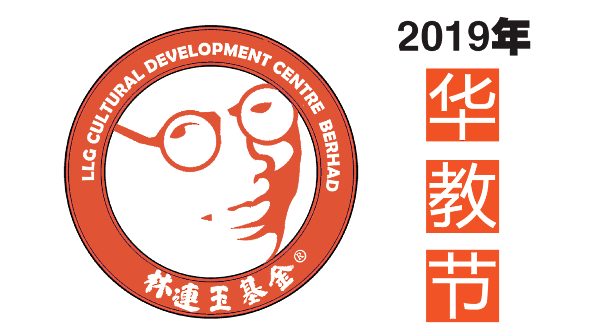
By Dr Toh Teong Chuan
Let’s talk about somewhere nearer to us than places too remote to set off the slightest concern from us. Over the past twenty years, we have indeed done a tremendous job of preserving the heritage buildings in George Town and progressively re-energising them even though there are still plenty that require our persistent efforts.
More than 20 years ago, a Unesco heritage listing was only a novel issue a handful of antiquity enthusiasts would talk about while most people in the street would hardly look into the issue seriously. Back then Penang was teeming with antiquated pre-war buildings that gave the city a desolate look, especially after sundown. Very few people were willing to return to the town centre after dark. As a consequence, there were calls to tear down these dilapidated structures to make way for modern towers, triggering enthusiasm among a group of far-sighted people to preserve the buildings. Application for Unesco listing began to become the talk of the town even though only very few professionals could offer more convincing views on this. There were also talks how these heritage buildings should be restored and preserved.
Finally in 2008, George Town was named a Unesco world heritage site alongside Melaka. All of a sudden, everyone became an avid protector of our architectural legacies and even tourists who began to flock into the two cities became self-proclaimed heritage building connoisseurs who were eager to offer their own evaluations of restoration works carried out in these two cities.
The preservation of heritage buildings during the earlier days to latter-day rejuvenation efforts shows a decisive shift in public attitude. That said, there arises the question whether preservation of heritage buildings should downright reject even the slightest changes to the building structure. Should rejuvenation of these buildings be justified on the grounds it will lure tourists and revitalise the local economy?
The first group of people believes that preservation of heritage buildings must be conducted in a way the traditional ways of living of their early occupants will be perpetuated in its entirety, and any change to the details will contravene this principle and must therefore be censured. Such an advocacy is rendering modern humans slaves of ancient relics which must be very cautiously restored to the state as early occupants saw them. Not even the slightest changes are tolerated.
Nevertheless, the so-called heritage buildings and legacies are not only assets we have inherited from our forefathers but should also belong to modern-people who are leading very different lifestyles from their predecessors owing to varied economic conditions of different generations of people in very different societies. We no longer replicate the old ways of living of our ancestors and live the ways our ancestors did or tourists and Instagrammers would love to see.
If this is the case, then all tourists will become intruders who bring undesirable changes and unpredictabilities to the heritage city, and who in turn criticise the locals for tampering with our traditional ways of living.
Specimens are not supposed to be altered, but ancient relics and our inherited cultures are not specimens. They are living entities that should coexist in complete harmony with contemporary lifestyles. Aren’t they?
Talking about the rejuvenation of heritage buildings, it appears that the cheapest way of “revitalising” an old quarter seems to be painting colourful murals at specific points in the so-called heritage zones in hope of creating brand new IG-worthy spots for social media users and web influencers.
As a matter of fact, rejuvenation of old buildings is not about modifying them in a way pleasant to the eyes of visitors, but allowing them to coexist with the local residents as well as visitors to the city.
An example in George Town is the former Hin Bus Depot that has been converted to an open air art gallery frequented and appreciated by locals and tourists alike. Isn’t it good?
This is the fourth in a series of five articles published in conjunction with the Chinese Education Day 2019.
More:
Youth suffrage and civic education
Towards the age of movement students
Making our youngsters more matured
Do we need civic education?
(
Dr Toh Teong Chuan
is Assistant Professor and Head of Chinese Studies Department, UTAR Kampar Campus.)






0812ed4e-cac1-4f1d-9f26-d46cc751cd59ee29c23c-ceda-469d-b5af-f7e5a42a24c8.jpg)
1ee30310-67e3-4804-92f2-dde0c6e26894bd4a1f69-8679-4521-b5d5-7a1f0df06493.jpg)
a0621fc9-47cd-48f3-addb-82c6890cff6c411967ae-86f6-48bc-8075-707e31398849.jpg)
d7b1c578-d473-465f-b1f6-be11b88220fbbb5e3d26-0a3a-4930-addd-355a5ea6d48a.jpeg)
a698d713-9324-4c81-adcd-2b8280fd61013552d167-c034-4978-a923-8159a2c79294.jpg)
79a03b9f-ccd3-4ed9-9155-83b62ddaf491215efd35-dba2-488e-b370-b8c7c2fe2b1e.png)